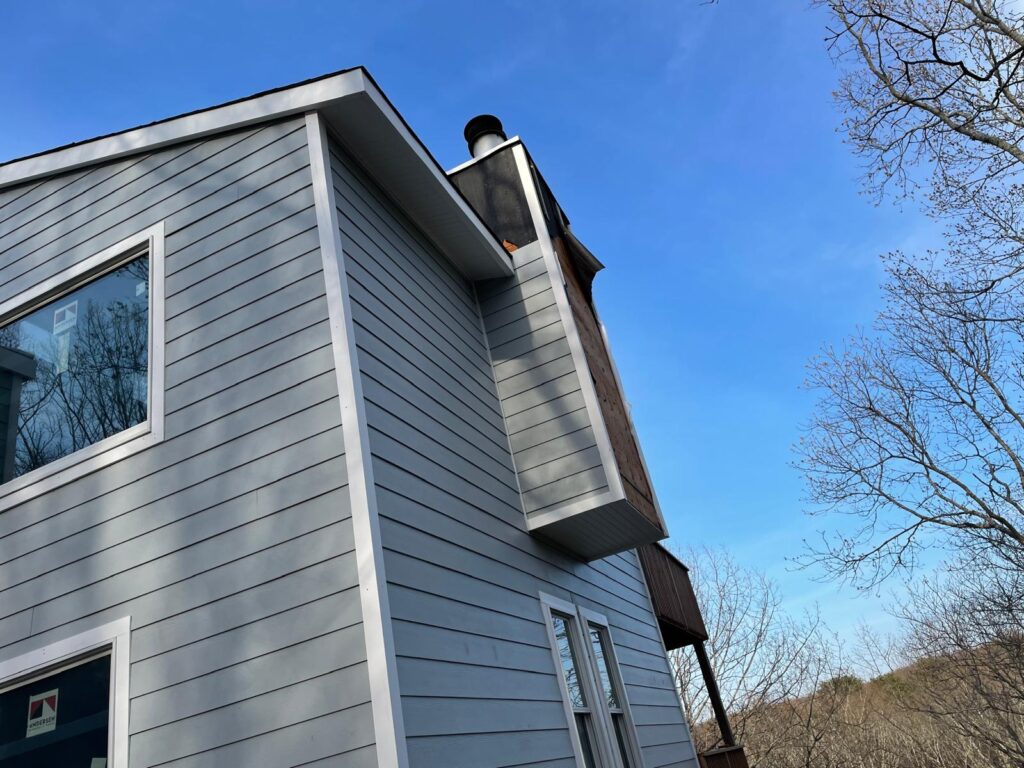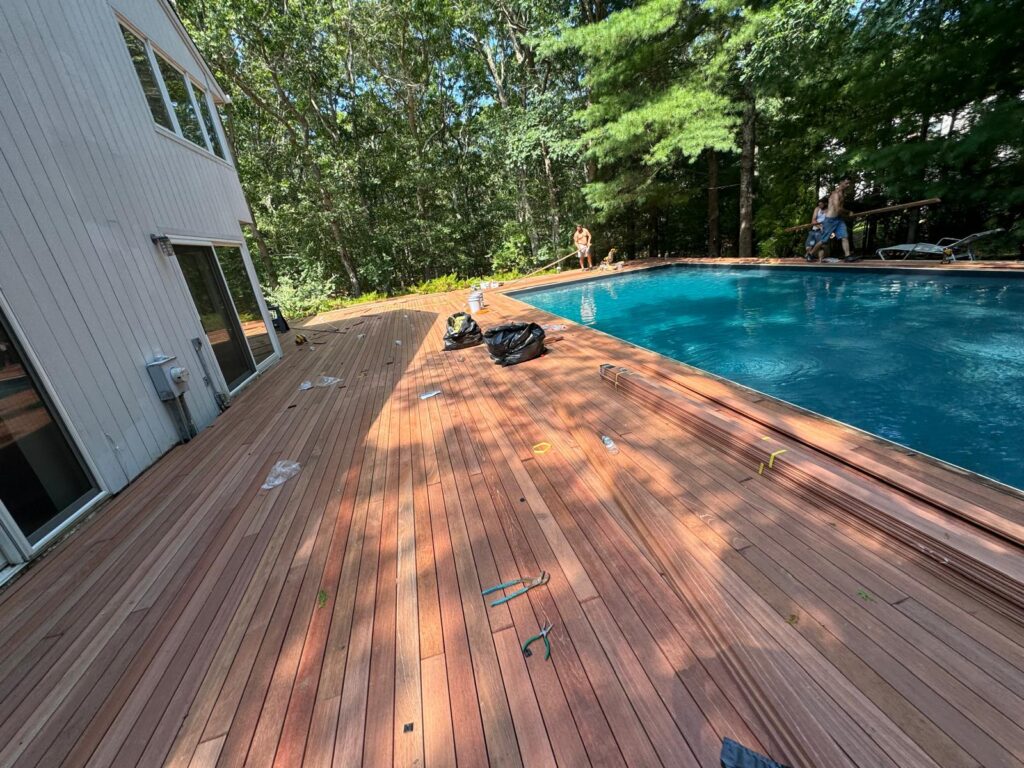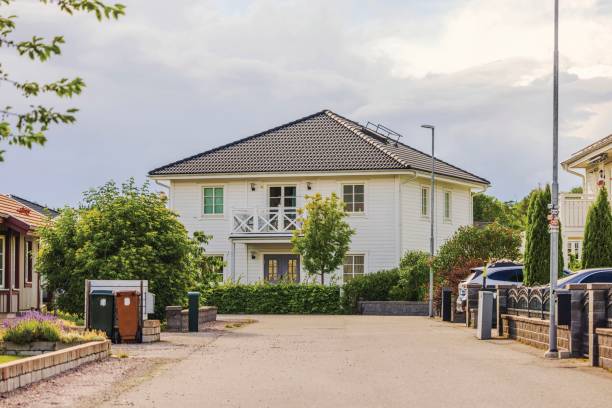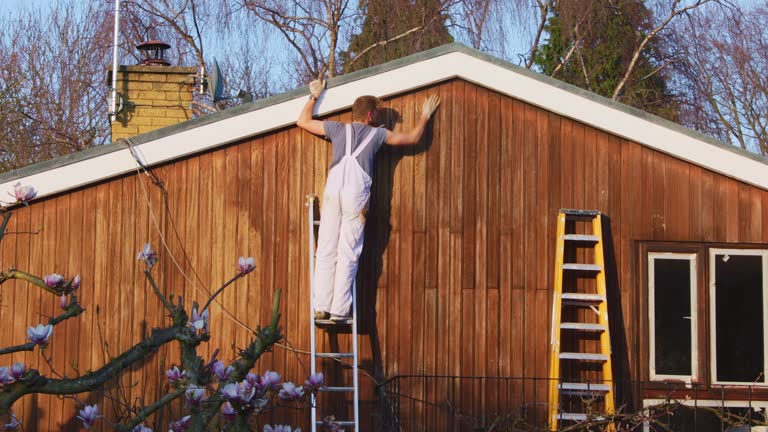DOUBLE A ROOFING AND SIDING
Double a roofing and siding Long Island Roofing and Siding Services Affordable, Durable and Trusted by Homeowners Near You
A+ Rating
DOUBLE A ROOFING AND SIDING
Double a roofing and siding Long Island Roofing and Siding Services Affordable, Durable and Trusted by Homeowners Near You
At Double A Roofing and Siding, we take pride in being Long Island’s trusted provider of top-quality roofing and siding solutions. With years of experience, we deliver durable, affordable, and visually stunning services that protect and enhance homes and businesses. While Long Island is our primary focus, we are proud to serve homeowners across East Hampton, Sag Harbor, Southampton, Huntington, Great Neck, Manhasset, Smithtown, Commack, Ridge, and Bay Shore. Our skilled team combines expert craftsmanship with premium materials to handle everything from minor roof repairs to complete siding installations. Committed to excellence and customer satisfaction, we aim to exceed expectations on every project. When you choose Double A Roofing and Siding, you’re choosing reliability, quality, and peace of mind.
Roofing
Roofing is the process of constructing, repairing, or maintaining the outer covering of a building that protects it from weather and environmental elements. This essential component of a structure serves multiple purposes, including insulation, drainage, and structural support, while enhancing the aesthetic appeal of the property. Roofing can be made from a variety of materials such as asphalt shingles, metal, slate, clay tiles, wood, and synthetic materials, each chosen based on factors like climate, durability, budget, and architectural style. Roofing systems are broadly classified into pitched roofs, which have a sloped design, and flat roofs, which are nearly level but slightly inclined for water drainage.The process of roofing involves multiple stages, starting with assessing the structure’s needs, choosing appropriate materials, and preparing the framework. Skilled professionals known as roofers execute the installation or repair, ensuring that the roof is weather-tight and complies with local building codes.


Siding
Siding is the protective outer layer installed on the exterior walls of a building to shield it from the elements, enhance insulation, and improve its aesthetic appeal. It acts as a barrier against harsh weather conditions like rain, wind, snow, and UV rays, while also preventing moisture penetration that could lead to structural damage. Siding is available in a wide variety of materials, each offering unique benefits in terms of durability, cost, maintenance, and style. Common siding materials include vinyl, wood, fiber cement, aluminum, brick, stone, and engineered wood. These materials are often selected based on the building’s architectural design, climate, and the homeowner’s budget and preferences. The installation process involves securing the siding panels or boards to the building’s exterior framework, often with an underlying layer of insulation or weatherproofing material for added protection. Properly installed siding enhances a building’s energy efficiency by reducing heat transfer and drafts, contributing to lower energy bills.
Chimney
A chimney is a vertical structure designed to safely channel smoke, gases, and other byproducts of combustion from a fireplace, furnace, or stove to the outside atmosphere. It plays a critical role in ensuring proper ventilation and maintaining indoor air quality by preventing the accumulation of harmful gases like carbon monoxide inside a building. Typically constructed from materials such as brick, stone, concrete, or metal, chimneys are engineered to withstand high temperatures and resist wear from weather exposure. They are commonly composed of several key components, including the flue, which is the internal passageway; the chimney cap, which prevents debris, rain, and animals from entering; the damper, which controls airflow; and the chimney crown, which protects the structure from water damage. Chimneys are integral to the design and functionality of homes with wood-burning fireplaces or heating systems, and they also contribute to the aesthetic character of a building.


Skylights
Skylights are architectural features installed on roofs or ceilings to allow natural light to enter interior spaces, creating brighter, more inviting environments. These windows, typically made of glass or durable acrylic, are designed to enhance illumination, reduce the need for artificial lighting, and improve energy efficiency by utilizing daylight. Skylights come in various types to suit different needs and designs. Fixed skylights are stationary and primarily provide light, while vented or operable skylights can be opened for ventilation, improving indoor air circulation. Tubular skylights, also known as sun tunnels, are compact and designed to channel sunlight into smaller or confined spaces, such as hallways or closets. The frames of skylights are usually made from materials like aluminum, wood, or vinyl, and they are equipped with features such as UV coatings, glazing, and weatherproof seals to enhance durability and energy efficiency. Some skylights also include motorized controls, blinds, or tinted glass for added functionality and comfort.
Cedar
Western Red Cedar, Eastern Red Cedar, and White Cedar being some of the most common varieties used in construction and woodworking. Cedar is renowned for its straight grain, fine texture, and warm, reddish-brown hues, which naturally weather to an attractive silvery-gray patina over time when exposed to the elements. Its natural oils act as a preservative, making it highly resistant to moisture, rot, and pests, such as termites, without the need for chemical treatments. This wood is commonly used in a variety of applications, including siding, roofing shingles, decking, fencing, outdoor furniture, and interior paneling. Cedar is lightweight yet strong, easy to work with, and has excellent insulating properties, making it ideal for both functional and aesthetic purposes in construction projects. Cedar’s aromatic scent is another appealing feature, often used in closets and chests to repel moths and maintain freshness.


ROOFING

SIDING

CHIMNEY

SKYLIGHTS

CEDAR
Gallery:









